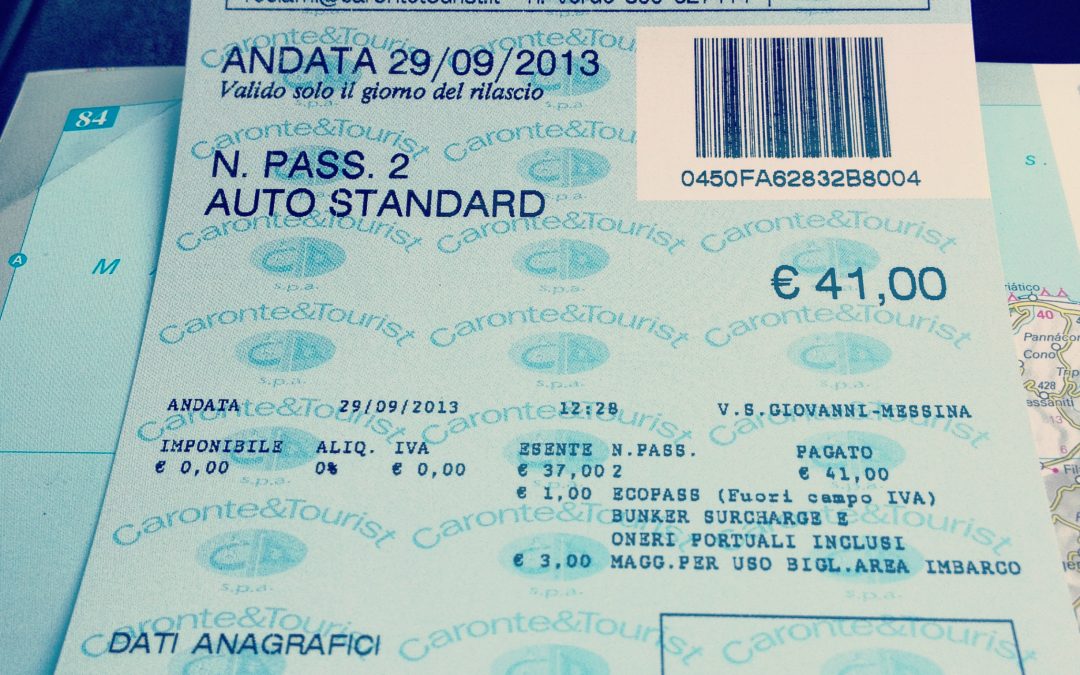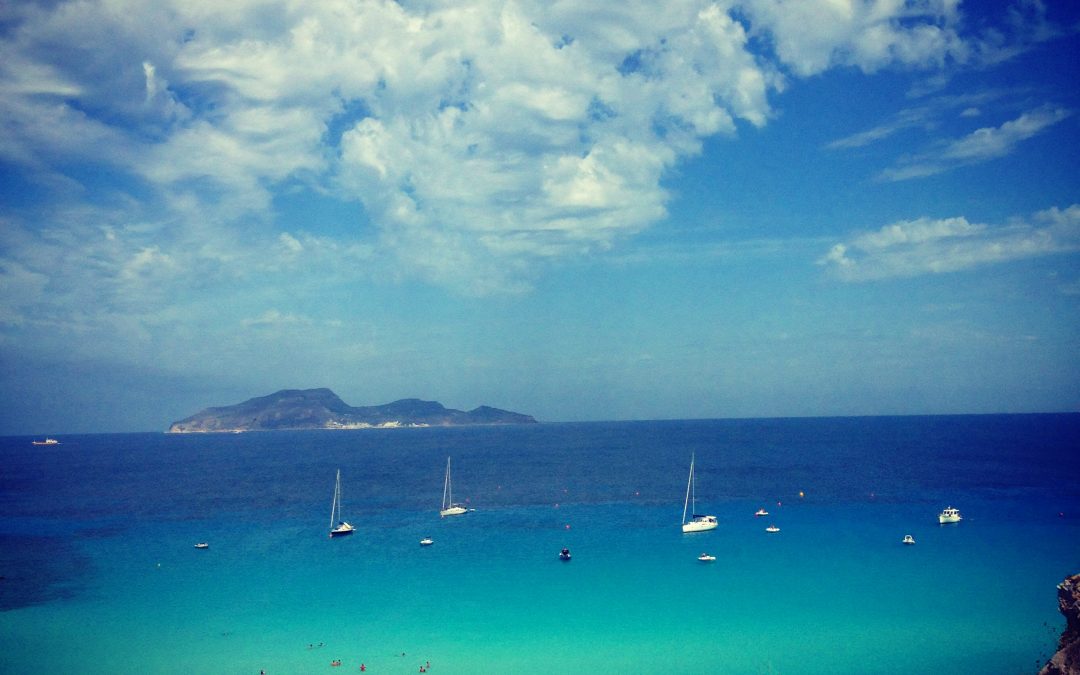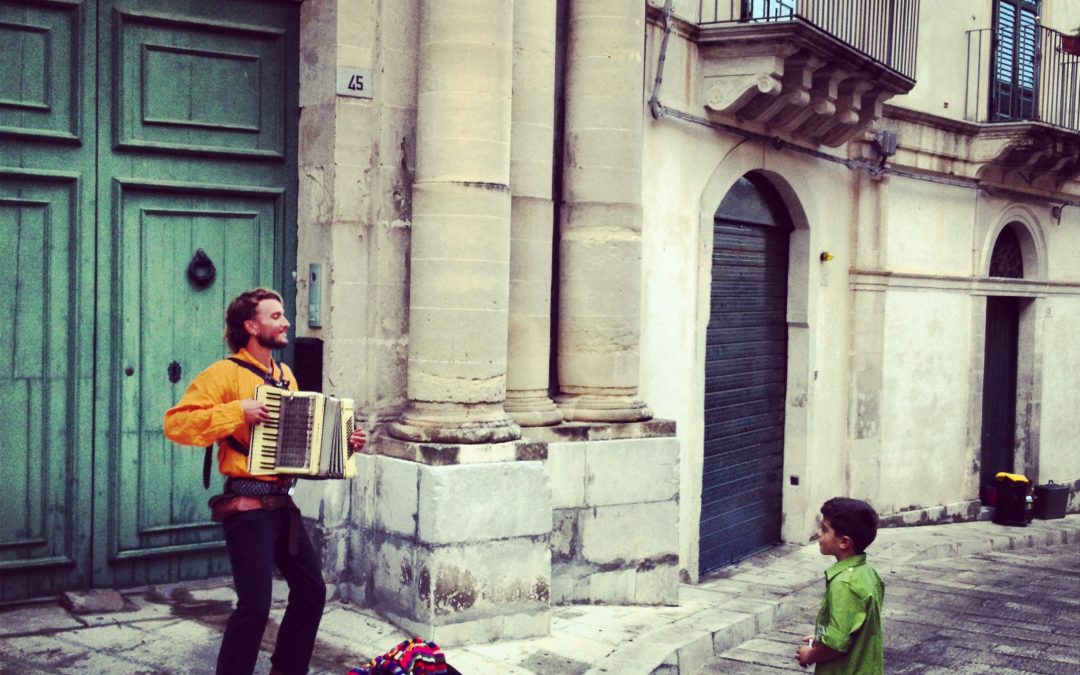On our travels through Italy last year, we made the decision to explore the eastern coast of Sicily and having done some online research, decided that Ortigia (in the region of Syracuse), sounded like our kind of place. We took the car ferry from Reggio Calabria to...




